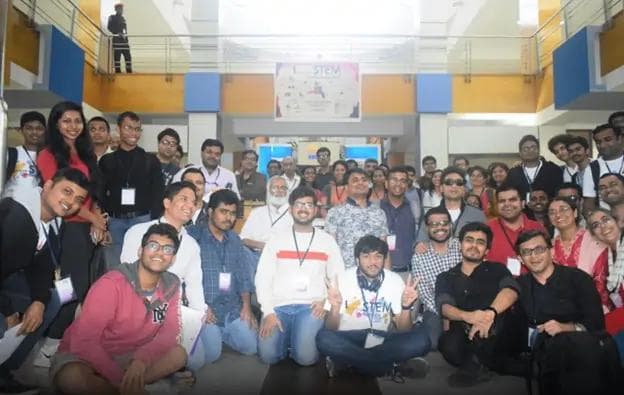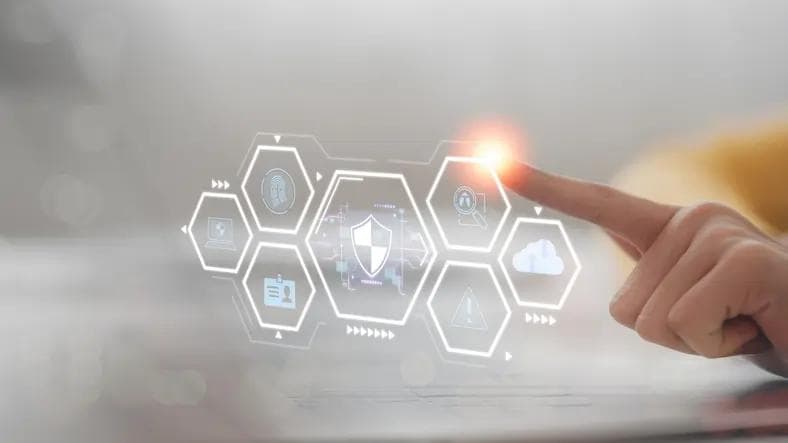Data protection: it’s time to reassess your security strategy
Data protection: it’s time to reassess your security strategy
Published by linker 5
Posted on February 18, 2021

Published by linker 5
Posted on February 18, 2021

By Tony Pepper, CEO of Egress
It’s no secret that the Covid-19 pandemic has created a perfect storm of cybersecurity risk. External threats are heightened, but there’s also a higher level of internal risk too, exacerbated by home working. With most financial services organisations planning to continue with mass remote working for the foreseeable future, it’s important for security teams to review their strategy and assess whether it still works in this new landscape. When it comes to insider threat, there are three key areas that IT leaders should focus on: building a positive culture around security, understanding their organisation’s level of risk and protecting their people.
Many organisations have unknowingly instilled a security-negative culture among their employees, where people are punished or shamed if they cause a security incident. While they might think that this would discourage employees from causing data breaches for fear of repercussions, this actually makes your organisation less secure. Our Outbound Email Security Report found that 62% of organisations rely on their people to report email data breach incidents – and if employees are too afraid to come forward, that means your business is at risk of developing a security blind spot.
A security negative culture won’t actually prevent data breaches caused by human error, something which organisations need to recognize as largely unavoidable without technological intervention; it just delays remediation, which makes every incident worse. By creating a security-positive culture, you can better engage and educate employees, as well as ensure you’re able to rapidly triage any incidents if they occur.
When mapping out your risk, you’ll likely find that the picture looks very different to how it did even a year ago. In the past, organisations have focused on their networks and their devices when it came to security strategy. While these are vital areas for consideration, what hasn’t been as well-addressed to date is the human aspect of risk, particularly human error. You need to look closely at the tools that your employees are using daily to facilitate digital communication with clients and colleagues, including when sending sensitive information.
Employees are specifically using email more than ever before – our recent research found that 94% of organisations are sending more emails due to Covid-19, with one-in-two IT leaders reporting an increase of more than 50%. With this expansion of email volumes comes an increase in the risk that an email containing sensitive data might be misdirected. Remote working has also heightened the threat – our research found that 35% of organisations’ serious email data breaches were caused by remote working. Why? The causes lie in their behavior and the environments in which they operate. Some individuals may feel they’re able to take more risks away from the “watchful eyes” of their Security team, and every employee is faced with a myriad of distractions that make them more likely to make a mistake.
It’s time for organisations to take stock of their risk by looking at where gaps in their security might exist – and provide safety nets for their employees that can automatically detect and mitigate inadvertent data breaches and risky behaviour.
It goes without saying that not all data breaches are caused by malicious activity. An overwhelming amount of data breaches are caused by hardworking employees making honest mistakes, from sending an email to the wrong person to responding to a phishing attack. Unfortunately, human error is an unavoidable part of life, and mistakes will happen. In the past, many organisations have taken the approach that employee error can be ‘trained away’, embarking on comprehensive security training programs in the hope that security incidents might decrease.
Unfortunately, if that were the case, then employee activated data breaches would be a thing of the past! Organisations need to employ a multifaceted approach when it comes to avoiding accidental insider data breaches – education and training remain an important element, but ultimately businesses need to implement the right technology to provide a safety net for their people. Many organisations have legacy DLP solutions in place that cannot mitigate the risk as they fail to fully understand employees’ behaviour.
Often, these tools stand in the way of productivity, prompting users even when there isn’t a legitimate risk. When click fatigue sets in, these solutions become ineffective, with users ignoring prompts whenever they appear. Luckily, advances in machine learning mean that there’s technology available to prevent insider data breaches such as misdirected email, by deeply understanding the way that users behave and the context in which they share data, to ensure emails are sent to the right recipients with the right level of security.
The vast majority of organizations will never go back to every employee working full time within the office environment, instead post-pandemic we will see a myriad of different approaches – with some based in the office, while others work at home part or full-time, and as the world opens up again, their locations may change throughout the day. To mitigate risks from inadvertent errors to intentional data exfiltration, CISOs must address their security culture and protect their human layer with intelligent controls that mitigate employees’ behaviors and stop breaches before they happen.
Explore more articles in the Technology category











